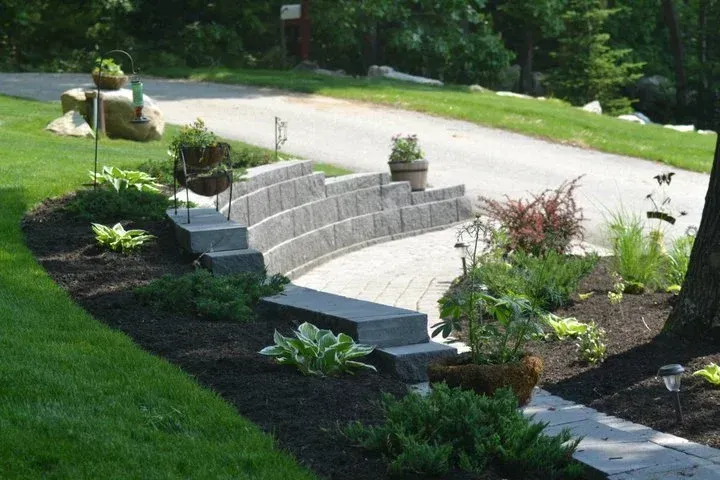A.R. Cail Builds Sea Walls and Retaining Walls
Greater Portland Maine
A.R. Cail Excavation and Contracting
Your Professional Contractors.
Sea Wall Construction
Building sea walls is a crucial engineering solution for protecting coastlines from erosion, flooding, and the long-term impacts of rising sea levels. A sea wall acts as a barrier between the ocean and the land, absorbing and deflecting the force of incoming waves to protect shorelines and nearby infrastructure, including homes, roads, and businesses.
Constructed using materials like concrete, stone, or steel, sea walls are designed to withstand powerful forces and vary in design, from vertical or curved structures to more complex sloping revetments that dissipate wave energy gradually. One common approach is the vertical wall, which is built perpendicular to the shore and can be effective but may sometimes lead to greater wave reflection and beach erosion over time. Curved and sloping walls tend to reduce this issue, as they help dissipate wave energy more gradually, reducing the impact on nearby beaches.
Though effective, sea walls can be costly to build and maintain, and their construction can disrupt local ecosystems and natural coastal processes. Over time, wave forces can undermine the base of the wall, requiring regular maintenance and reinforcement. However, sea walls remain essential for protecting urbanized coastal areas, where populations and infrastructure are especially vulnerable to storm surges and extreme weather.
Environmental engineers and planners often consider a combination of sea walls and other coastal defenses, like natural barriers or dunes, to create more sustainable and resilient coastal protection systems. This balanced approach allows for both human protection and preservation of natural coastal habitats.
Retaining Wall Construction
Retaining wall construction is an essential landscaping and engineering practice for stabilizing sloped terrain and preventing soil erosion. Retaining walls are primarily designed to hold back soil, providing support on slopes or raised areas where the natural grade would otherwise be at risk of erosion or collapse. Commonly constructed from materials such as concrete, stone, brick, or timber, retaining walls are carefully engineered to resist the lateral pressure exerted by the earth they support.
The construction process begins with site preparation, including grading and excavating to create a stable foundation. A key component is the foundation itself, which must be level and compacted to prevent settling. For taller walls, deeper footings or reinforcement may be required. Drainage is another essential element in retaining wall construction, as water buildup behind the wall can increase pressure and potentially lead to structural failure. Drainage solutions, such as gravel backfill and weep holes, allow water to escape, reducing hydrostatic pressure and extending the wall's lifespan.
In addition to their structural role, retaining walls offer aesthetic value, creating usable space on sloped landscapes and enhancing property appearance. They can be designed in a variety of styles to complement the landscape, from natural stone that blends with the surroundings to sleek, modern concrete or brick designs.
Properly constructed retaining walls enhance land stability, property value, and functional space, making them a valuable investment for properties on challenging terrain. Skilled planning and execution are essential to ensure that the wall is both durable and capable of handling the long-term demands of its environment.


